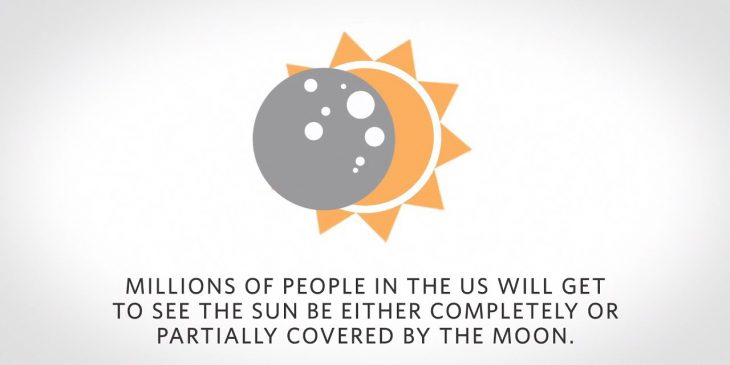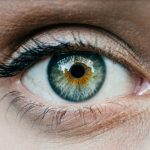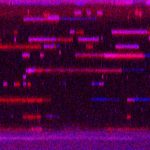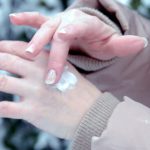The United States will experience a partial – and in some places total – solar eclipse on Aug. 21. This is a rare natural phenomenon that many Americans consider the must-watch event of the year. However, without proper eye protection, looking at a partial solar eclipse could cause permanent eye damage.
In most of the U.S., the eclipse will only be partial, meaning the entire sun won’t be blocked out by the moon. According to Dr. Deepinder Dhaliwal, professor of ophthalmology at the University of Pittsburgh School of Medicine and director of refractive surgery and cornea service at the UPMC Eye Center, looking at a partial eclipse with the naked eye can be very dangerous.
”When looking at the sun, the eye takes in light through a lens that focuses it onto a delicate structure in the back of the eye known as the retina,” Dhaliwal said. “When sunlight becomes concentrated on the retina, it can result in a painless burn.”
This burn can result in irreversible blind spots in the vision that patients can’t receive treatment for.
“Picture the sun’s rays going through a magnifying glass and burning a hole through a leaf,” Dhaliwal said. “The same thing would be happening to your retina if you looked at the solar eclipse with a naked eye.”
To avoid retinal damage, Dhaliwal recommends solar eclipse viewers invest in official solar eclipse glasses. To avoid purchasing fake or low-quality glasses, the American Astronomical Society has compiled a list of reputable brands.
“They should have ‘ISO 12312-2’ printed somewhere on them,” Dhaliwal said.
Even after purchasing the glasses, proper use and caution is necessary to ensure eye safety. One common misperception is being able to look through a camera or a pair of binoculars with the glasses on.
“If you’re wearing your eclipse glasses, do not look through a pair of binoculars,” Dhaliwal said. “You need to have eclipse filters in the front of the binoculars. Just wearing the glasses is not enough.”
Any household object with holes in it, such as a colander, can also be used to cast a shadow of the sun to view the eclipse indirectly for no cost to the viewer. When the light is projected through the object’s holes, the shadow will morph into crescents once the eclipse occurs.
Those traveling to a location within the path of totality, where the sun will be completely covered by the moon, are safe to view the eclipse without any eye protection during those few minutes. In the rest of the country, however, eye protection needs to be worn.
“The eclipse is a spectacle to behold, but it isn’t worth losing your vision,” Dhaliwal said.









